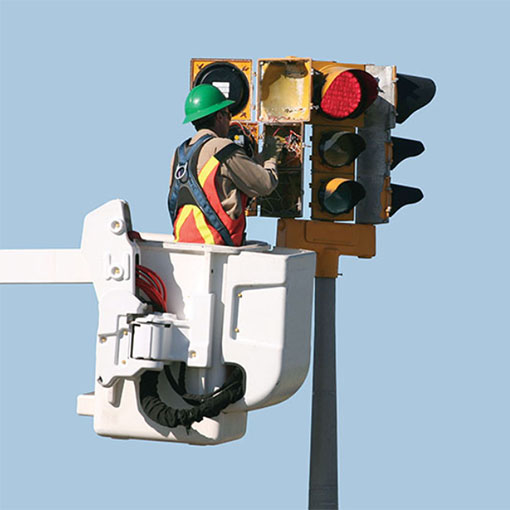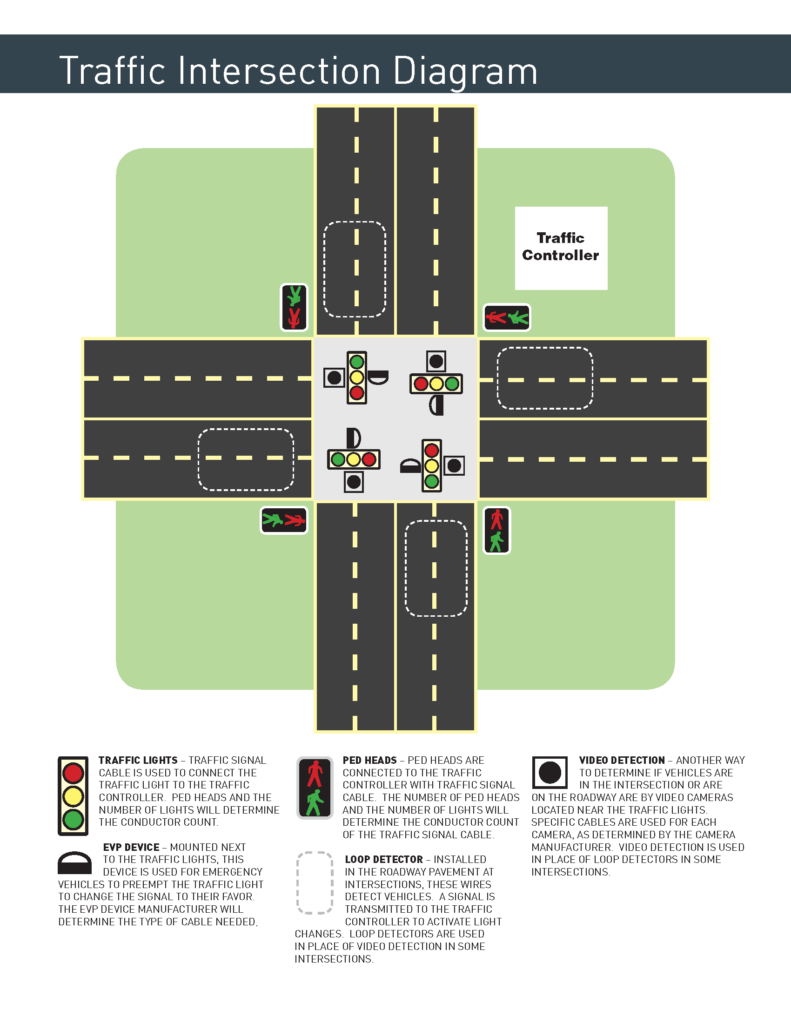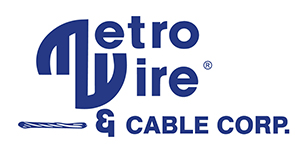
Overview:
Many different types of cable are utilized when powering the roads, intersections, and highways that we travel on. All have a specific application, and each application dictates the cable construction, compounds, conductor, configuration, and installation type. This Guide to Traffic Signal Cable will help you become more familiar with the cable types.

The International Municipal Signal Association (IMSA) has been concerned with public safety, communications, and signaling since 1896. Today, it is made up of officials and employees throughout the United States and Canada. Among other services, IMSA develops specifications for electrical cables and wires to guarantee their quality and reliability within their intended applications. Please note that depending on the state, county or city the project is being completed in, each may have specific requirements that need to be evaluated prior to installation and procurement.

Traffic Signal Cable Applications
The primary application for signal systems is to run from the traffic light to the controller station. The station monitors the flow of traffic and/or pre-determined frequency to change the traffic light, while this cable coordinates the changes when we see a traffic light go from green – yellow – red.
Construction

Weather Resistance
- IMSA cable constructions have maximum resistance to moisture and weathering, making them ideal for outside installations.
Conductor
- Copper Conductors in conformance with ASTM standards, that are either solid or stranded, bare or tinned, depending on the application.
Insulations
- Polyethylene (PE) is the typical insulation material that is used.
- Polyvinyl Chloride (PVC) might also be used.
Jacketing
- Polyvinyl Chloride (PVC) – 19-1 construction.
- High Density Polyethylene / Polyethylene (PE) – 20-1 construction.
*Both offer sunlight and moisture resistant properties.
Temperature Rating
- Primarily -20-75C
Voltage Rating
- Primarily 600V.
- Some IMSA specifications (39-, 40-, 59-, & 60-) have a 300V rating.
*Please consult with the local state/county/city and/or controller station specifications.
Installation
- Aerial – Above ground, pole-to-pole and/or from fixed point to device. However, this may or may not require a messenger cable to support.
- Underground Duct/Conduit – Underground installation through durable/impact resistant piping.
- Direct Earth Burial – Underground installation not run-in duct/conduit.
Other Traffic Cable Types
Please consult the Metro Wire and Cable Corp. IMSA and Transportation Catalog for other, supporting cable types. These include, but are not limed to:
- Data & Fiber
- Supporting Messenger
- Loop Detector
- Loop Lead-In
- Vehicle/Video Detection Cable
- Street Lighting Cable
- Airport Lighting Cable
________________________________________
We have been asking the same question since 1976, what can we do to make your job easier? Take a look at each industry we serve to get an idea of what we can do for you and your organization: https://www.metrowire.net/industries/
Metro Wire specializes in working alongside public utilities, electrical contractors, wind-farm developers, commercial and industrial HVAC industries. We also specialize in working with traffic signal and airport lighting contractors, Original Equipment Manufacturers (OEM’s), and the security industry.
Check us out on Facebook, LinkedIn and Twitter at the following links:
